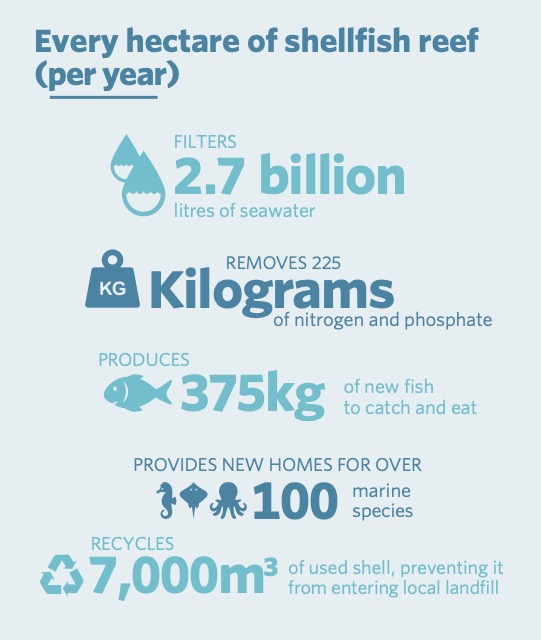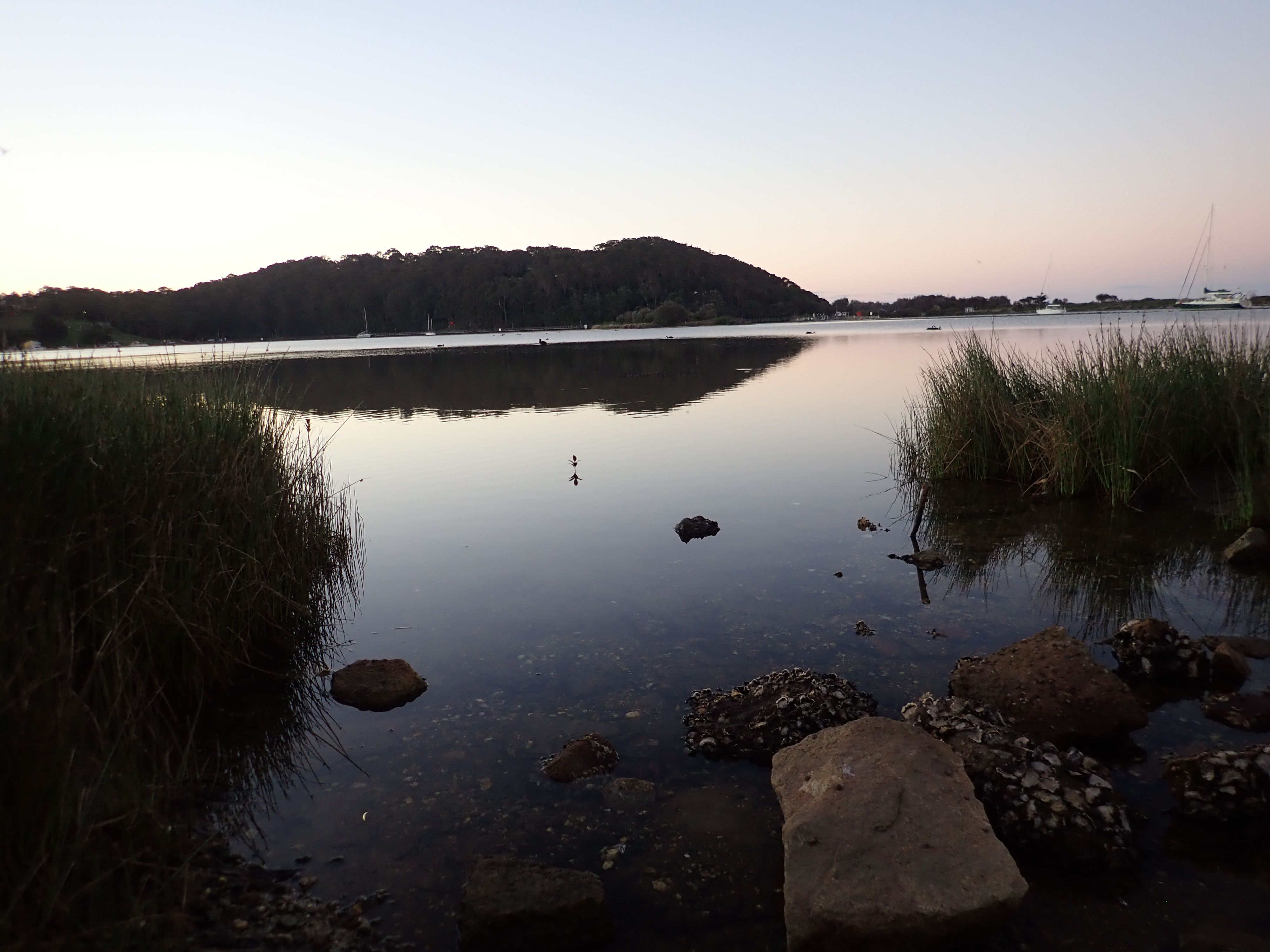‘Narooma’ is the Indigenous Yuin word for 'clear blue waters'. A fitting title for a place overflowing with underwater landscapes. Landscapes like pristine beaches, rocky shores with dense kelp forests, sweeping lakes and the stunning Wagonga Inlet at the heart of it all.
Countless wildlife also calls Narooma’s idyllic waters home, with the iconic Port Jackson sharks, stingrays and fur seals often spotted.
Like much of Australia, the area was once also the home of extensive shellfish reefs. After years of over exploitation, pollution, introduced species and disease, these shellfish reefs sadly mostly disappeared.
MEDIA GALLERY:
From eroding foreshore to living shoreline
The foreshore of Ken Rose Park in Wagonga Inlet currently consists of a failing seawall and badly eroding banks. (see images below)
To remedy this, TNC has partnered with the Eurobodalla Shire Council, NSW Department of Primary Industries (DPI) Fisheries and the Australian Government. Together we are building shellfish reefs in the Wagonga Inlet and reshaping the foreshore to create a ‘living shoreline’.
The ‘living shoreline’ will use a combination of natural vegetation elements and bank reshaping techniques to prevent erosion and rehabilitate this erosion hotspot. This is the first restoration of its kind in Australia.
Living shorelines offer a natural defence against shoreline erosion that can adapt to conditions under projected sea-level rise.
A unique reef
The Wagonga Inlet reef is a truly unique project: it will be the first intertidal oyster reef on the NSW South Coast and the first subtidal oyster reef for the state. It will also be the first ‘living shoreline project’ in the whole of Australia that combines oyster reef and saltmarsh restoration with bank stabilization and public amenity features.
Construction of the intertidal and subtidal shellfish reefs was completed in June 2022. A 1,700 m2 intertidal Sydney Rock Oyster reef was built using both locally quarried rock and oyster shells. Intertidal shellfish reefs are inundated on high tide and are exposed, out of the water, during low tide. This elevation range between low and high tide is the natural home for Sydney rock oysters.
A further 1,000m2 of subtidal native flat oyster reef habitat was created on the seafloor of the nearby ‘Deep Hole’. These subtidal shellfish reefs are more than 3 meters deep and remain underwater during all tide stages.
Benefits for people and nature
The return of the shellfish reefs, along with the increase and rehabilitation of the degraded saltmarsh at the Wagonga Inlet’s foreshore has many benefits for the local community and nature. This includes:
- Improved marine biodiversity, fish production and water quality
- Enhance access and recreation opportunities
- A boost to sustainable tourism
- Improve foreshore protection from erosion
- Provide the capability of storing carbon

Shellfish ecosystem restoration across Australia
Wagonga Inlet is one of thirteen sites identified for reef restoration under Reef Builder, an initiative supported by the Australian Government, which aims to bring shellfish reefs back from the brink of extinction while supporting the economic recovery of communities affected by bushfires and COVID-19.
If achieved, Australia will be the first nation in the world to have recovered a critically endangered marine ecosystem.
You can help us restore shellfish reefs
$35 per month for a year, can buy oysters, mussels and limestone to build 8m2 of reef
Donate Now




